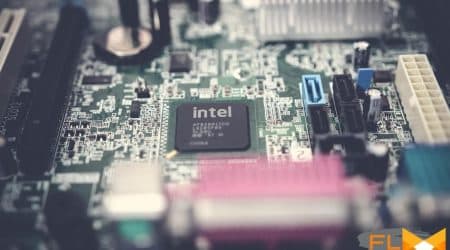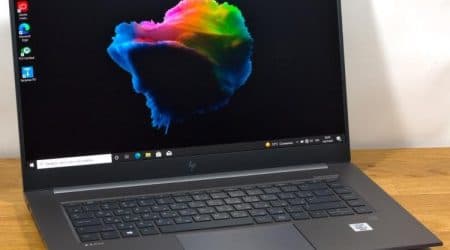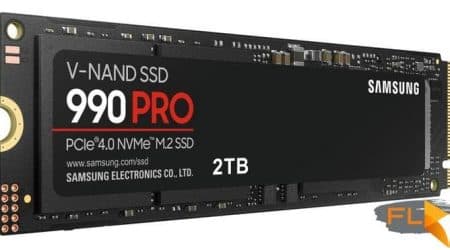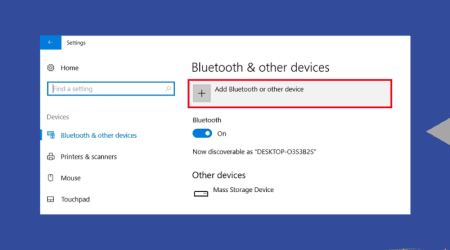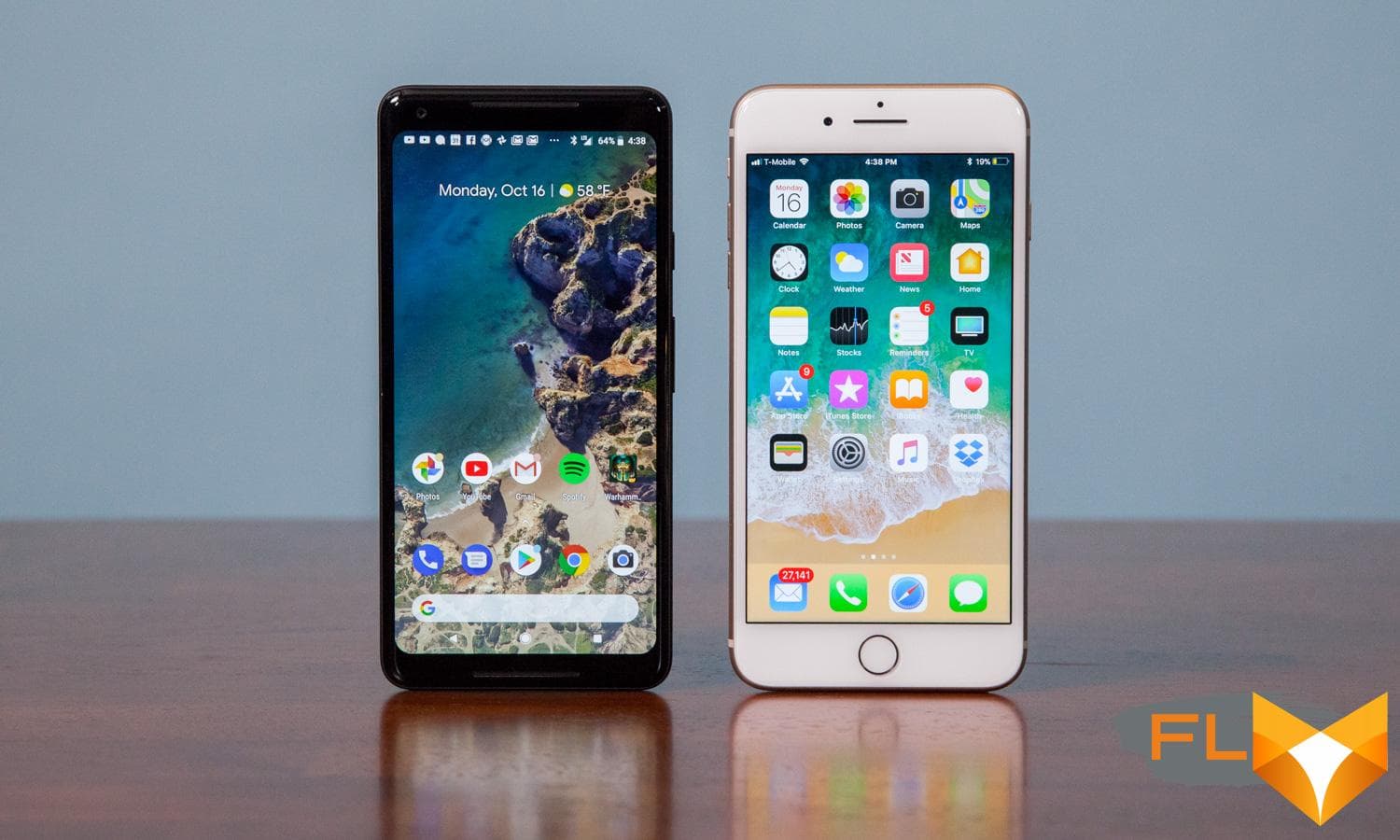


Google Pixel 8 vs Apple Iphone 15 – Iphone 8 vs Google Pixel 6
When it comes to choosing a smartphone, the market is flooded with options. Two of the most popular choices are the Iphone 8 and the Pixel, but which one is better? Both phones have their own unique features and strengths, making it a tough decision for consumers. In this article, we will compare the two phones and analyze their pros and cons to determine which one comes out on top.
Let’s start with the Iphone 8. Known for its sleek design and user-friendly interface, the Iphone 8 is a favorite among Apple enthusiasts. Its Retina HD display offers vibrant colors and sharp resolution, making it ideal for watching videos and playing games. The Iphone 8 also boasts a powerful A11 Bionic chip, ensuring smooth performance and quick response times. With its advanced camera technology, the Iphone 8 captures stunning photos and videos, even in low light conditions.
On the other hand, we have the Pixel, Google’s flagship smartphone. The Pixel is praised for its pure Android experience, with fast updates and seamless integration with Google services. It features a stunning OLED display, providing deep blacks and vibrant colors. The Pixel also comes with a highly rated camera, known for its exceptional image quality and advanced software features. Additionally, the Pixel offers unlimited cloud storage for photos and videos, giving users peace of mind and ample storage space.
So, which phone comes out on top? It ultimately depends on your personal preferences and needs. If you value a sleek design, user-friendly interface, and powerful performance, the Iphone 8 may be the right choice for you. However, if you prefer a pure Android experience, exceptional camera quality, and unlimited cloud storage, the Pixel may be the better option. Consider your priorities and weigh the pros and cons before making a decision.
Design and Build Quality
When it comes to design and build quality, both the iPhone 8 and the Pixel are top contenders. Apple has always been known for its sleek and elegant designs, and the iPhone 8 is no exception. With its glass back and aluminum frame, the iPhone 8 feels premium and solid in the hand.
On the other hand, Google’s Pixel also boasts an impressive design. It features an aluminum and glass construction, giving it a modern and premium look. The Pixel’s design is clean and minimalist, with no unnecessary frills or gimmicks.
iPhone 8
The iPhone 8 retains the classic iPhone design, with its iconic home button and rounded edges. The glass back not only adds a touch of elegance but also enables wireless charging, a convenient feature that is lacking in the Pixel.
Apple has also made improvements in terms of water and dust resistance, giving the iPhone 8 an IP67 rating. This means that the phone can withstand being submerged in up to 1 meter of water for 30 minutes, providing added durability and peace of mind.
Pixel
The Pixel, on the other hand, has a more understated design compared to the iPhone 8. It features a thicker bezel at the top and bottom of the screen, which some may find outdated. However, the Pixel makes up for it with its vibrant OLED display that offers excellent color accuracy and deep blacks.
One unique design element of the Pixel is its placement of the fingerprint sensor on the back of the phone. This allows for easy and natural unlocking of the device without having to reach around the front.
In conclusion, both the iPhone 8 and the Pixel have impressive designs and build quality. The iPhone 8 offers a sleek and elegant design with added features such as wireless charging and water resistance. On the other hand, the Pixel has a more understated design but makes up for it with its vibrant display and innovative fingerprint sensor placement. Ultimately, the choice between the two will come down to personal preference and priorities.
Display and Screen Size
The display and screen size of a smartphone are important factors to consider when deciding between the iPhone 8 and Pixel. Both phones have high-quality displays, but there are some differences to note.
iPhone 8
The iPhone 8 features a 4.7-inch Retina HD display with a resolution of 1334 x 750 pixels. The display utilizes advanced IPS technology, resulting in excellent color accuracy and wide viewing angles. The screen also supports True Tone, which adjusts the white balance to match the ambient lighting for a more natural viewing experience.
With its 4.7-inch screen, the iPhone 8 is considered compact and easy to handle with one hand. It is a great choice for those who prefer a smaller phone that can comfortably fit in pockets or small bags.
Pixel
The Pixel boasts a 5-inch AMOLED display with a higher resolution of 1920 x 1080 pixels. The AMOLED technology provides vibrant colors and deep blacks, making content look stunning on the screen. The display also supports HDR, allowing for a wider dynamic range and enhanced visual experience.
The 5-inch screen of the Pixel offers a balance between being compact and providing a spacious viewing area. It is a good option for those who want a larger screen without it being too overwhelming to handle.
Ultimately, the choice between the iPhone 8 and Pixel in terms of display and screen size will depend on personal preference. If you prioritize a compact phone, then the iPhone 8’s 4.7-inch screen may be more suitable. However, if you prefer a slightly larger display with vibrant colors, the Pixel’s 5-inch AMOLED screen could be the better choice.
Camera Performance
When comparing the camera performance of the iPhone 8 and the Pixel, it is important to consider the specific features and capabilities of each device.
iPhone 8
The iPhone 8 boasts a 12-megapixel rear camera with an f/1.8 aperture. This allows for great low-light photography and depth of field effects. The camera also includes optical image stabilization, which helps reduce blurriness in photos and videos. Additionally, the iPhone 8 offers 4K video recording at 60 frames per second, allowing for incredibly detailed videos.
One standout feature of the iPhone 8 is its Portrait Mode. This mode uses depth sensing technology to create professional-quality photos with a blurred background, often referred to as the “bokeh” effect. The iPhone 8 also has a Portrait Lighting feature, which allows users to add different lighting effects to their portrait photos, further enhancing their creativity.
Pixel
The Pixel’s camera is equally impressive, featuring a 12.3-megapixel rear camera with an f/2.0 aperture. The camera utilizes Google’s advanced computational photography technology to capture stunning photos in any lighting condition. The Pixel also includes both optical and electronic image stabilization, providing steady shots and smooth video recording.
One notable feature of the Pixel’s camera is its HDR+ mode, which automatically enhances photos by combining multiple exposures. This results in vibrant, detailed images with minimal noise and excellent dynamic range. The Pixel also excels in low-light conditions, thanks to its Night Sight mode, which captures bright and sharp photos even in the dark.
- Overall, the iPhone 8 and the Pixel both excel in camera performance, each offering unique features and capabilities. The iPhone 8’s Portrait Mode and Portrait Lighting features are perfect for users who enjoy capturing professional-looking portraits. On the other hand, the Pixel’s advanced computational photography and HDR+ mode make it a great choice for capturing stunning photos in any situation, especially in low light.
Battery Life and Charging
Battery life is an essential factor to consider when choosing a smartphone. Both the iPhone 8 and Pixel offer decent battery life, but there are some key differences.
iPhone 8
The iPhone 8 is equipped with a non-removable Li-Ion 1821 mAh battery. It offers up to 14 hours of talk time, up to 12 hours of internet usage, and up to 40 hours of audio playback. With regular usage, the battery can easily last a full day.
Furthermore, the iPhone 8 supports fast charging, allowing you to charge your phone up to 50% in just 30 minutes. However, the fast charging feature requires a separate purchase of a USB-C power adapter. Additionally, the iPhone 8 is also compatible with wireless charging, so you can charge it conveniently using compatible wireless chargers.
Pixel
The Pixel is equipped with a non-removable Li-Ion 2700 mAh battery. It offers up to 26 hours of talk time, up to 13 hours of internet usage, and up to 110 hours of audio playback. The battery life on the Pixel is impressive and can easily last a full day with regular usage.
Similar to the iPhone 8, the Pixel also supports fast charging. With the included fast charger, you can get up to 7 hours of battery life with just 15 minutes of charging. Additionally, the Pixel also supports wireless charging, making it a convenient choice for those who prefer wireless charging.
In summary, both the iPhone 8 and Pixel offer decent battery life. The iPhone 8 has a slightly smaller battery capacity but offers excellent battery optimization. On the other hand, the Pixel has a larger battery capacity and also offers fast charging and wireless charging capabilities.
Operating System and User Interface
When it comes to the operating system and user interface, both the iPhone 8 and Pixel offer excellent options. The iPhone 8 runs on Apple’s iOS, while the Pixel operates on Google’s Android operating system.
Apple’s iOS is known for its sleek and polished design. The interface is user-friendly, with intuitive gestures and a simple layout. The iOS ecosystem also offers a wide range of apps and exclusive features, such as Siri, Apple’s virtual assistant. The iPhone 8’s operating system provides a seamless user experience and is well suited for those who prefer a straightforward and streamlined interface.
On the other hand, Google’s Android operating system, which powers the Pixel, provides a highly customizable and flexible user experience. Android offers a variety of customization options, allowing users to personalize their devices to their preferences. This operating system also benefits from Google’s extensive range of apps and services, including Google Assistant, Google’s virtual assistant. The Pixel’s operating system is ideal for those who like to have more control over their device’s appearance and functionality.
Both iOS and Android have their strengths and weaknesses, so the decision between the iPhone 8 and Pixel ultimately comes down to personal preference. If you value simplicity and a polished interface, the iPhone 8’s iOS may be the better option for you. However, if you prefer customization and flexibility, the Pixel’s Android operating system may be more suitable.
Performance and Speed Google Pixel 8 vs Apple Iphone 8
When it comes to performance and speed, both the iPhone 8 and the Pixel have their strengths.
iPhone 8
The iPhone 8 is powered by Apple’s A11 Bionic chip, which is known for its high performance capabilities. With a six-core CPU and a custom Apple GPU, the iPhone 8 delivers smooth and fast performance. It can handle demanding tasks and graphics-intensive games without any issues.
In terms of speed, the iPhone 8 also excels. It features Apple’s optimized iOS software, which is known for its fluidity and responsiveness. Apps open quickly, and multitasking is a breeze. The iPhone 8 also has fast touch ID fingerprint recognition, allowing for quick and secure unlocking of the device.
Pixel
The Pixel, on the other hand, is powered by Qualcomm’s Snapdragon 835 processor. While not as advanced as the A11 Bionic chip, the Snapdragon 835 still offers excellent performance. The Pixel runs smoothly, and apps open quickly. However, in comparison to the iPhone 8, it may not handle demanding tasks and games quite as well.
When it comes to speed, the Pixel performs admirably. It runs on stock Android software, which is known for its speed and efficiency. The Pixel offers a clean and bloatware-free user experience, with minimal lag and snappy app switching. The Pixel also features a rear fingerprint sensor, which is fast and accurate.
| iPhone 8 | Pixel |
|---|---|
| Apple A11 Bionic chip | Qualcomm Snapdragon 835 processor |
| Fluid and responsive iOS software | Stock Android software |
| Fast touch ID fingerprint recognition | Rear fingerprint sensor |
In conclusion, both the iPhone 8 and the Pixel offer impressive performance and speed. The iPhone 8’s A11 Bionic chip and optimized iOS software ensure smooth and fast performance, while the Pixel’s Snapdragon 835 processor and stock Android software deliver a snappy user experience. Ultimately, the choice between the two will depend on individual preferences and priorities.
Storage Options spec
Storage is an important consideration when choosing a smartphone, as it determines how much data, apps, photos, and videos you can store on your device. Both the iPhone 8 and the Google Pixel offer different storage options to suit your needs.
The iPhone 8 comes with two storage options: 64GB and 256GB. The 64GB option provides ample storage for most users, allowing you to store thousands of photos, videos, and apps. However, if you are a power user and plan to store a large number of high-resolution photos and videos, or have a large collection of apps and games, the 256GB option may be a better choice for you.
On the other hand, the Google Pixel offers three storage options: 64GB, 128GB, and 256GB. The 64GB option is suitable for most users, providing enough storage for everyday use. If you are an avid photographer or frequently record videos in high resolution, the 128GB or 256GB option may be a better fit for your needs.
| iPhone 8 | Google Pixel |
|---|---|
| 64GB | 64GB |
| 256GB | 128GB |
| 256GB |
It’s worth noting that both the iPhone 8 and the Google Pixel do not have expandable storage, so you cannot increase the storage capacity by using a microSD card. Therefore, it’s important to choose a storage option that suits your needs from the start.
In conclusion, both the iPhone 8 and the Google Pixel offer various storage options to cater to different user needs. Consider your usage patterns, such as the number of photos and videos you plan to store, as well as the number of apps and games you want to have on your device, when deciding which storage option is right for you.
Price and Value for Money
When comparing the price and value for money of the iPhone 8 and the Pixel, it is important to consider both the initial cost and the long-term value of the phone.
The starting price for the iPhone 8 is usually higher than that of the Pixel. However, it is worth noting that the iPhone 8 offers a premium build quality and a wide range of features, which can justify the higher price. On the other hand, the Pixel is often considered as a more budget-friendly option without compromising on performance.
In terms of long-term value, the iPhone 8 tends to hold its value better over time. This means that if you decide to upgrade or sell your phone in the future, you might be able to regain a higher percentage of the initial cost with an iPhone 8 compared to a Pixel.
Furthermore, the iPhone 8 offers a seamless integration with the Apple ecosystem, which includes other Apple devices and services. This can enhance the overall value of the phone for individuals who already own or plan to own other Apple products.
However, the Pixel offers its own unique advantages in terms of value for money. It comes with a pure Android experience and receives timely software updates directly from Google. This ensures that users have access to the latest features and security patches. Additionally, the Pixel offers one of the best smartphone cameras on the market, making it a great choice for photography enthusiasts.
In conclusion, the iPhone 8 and the Pixel both have their own strengths when it comes to price and value for money. The iPhone 8 offers a premium build quality and seamless integration with the Apple ecosystem, while the Pixel provides a more budget-friendly option and an outstanding camera experience. Your choice will ultimately depend on your personal preferences and priorities.
FAQ: Iphone 8 vs pixel
What are some key features of the Google Pixel 8 Pro?
The Google Pixel 8 Pro boasts features such as the Google Tensor G3 processor, a high refresh rate display, advanced camera capabilities, and enhanced durability with Gorilla Glass protection.
How does the refresh rate of the Google Pixel 8 Pro compare to other flagship smartphones?
The Google Pixel 8 Pro offers a high refresh rate display, likely around 120Hz, providing smoother scrolling and animations compared to standard 60Hz displays found in many smartphones.
What is the significance of the Google Tensor chipset in the Pixel 8 Pro?
The Google Tensor chipset, specifically the G3 variant in the Pixel 8 Pro, offers optimized performance and AI capabilities, enhancing overall device speed, efficiency, and advanced features like computational photography.
Can you elaborate on the benchmark performance of the Google Pixel 8 Pro?
The benchmark performance of the Google Pixel 8 Pro showcases its power and efficiency, demonstrating impressive scores in CPU, GPU, and overall system performance tests, thanks to the Google Tensor G3 chip iphone 14.
How does the front camera of the Pixel 8 Pro compare to competitors like the iPhone 15 Pro?
The front camera of the Pixel 8 Pro likely offers advanced imaging capabilities, optimized by Google’s computational photography algorithms, although direct comparisons to the iPhone 15 Pro’s front camera await hands-on testing and reviews.
What is the peak brightness of the Google Pixel 8 Pro display?
The Google Pixel 8 Pro display is expected to offer high peak brightness levels, likely exceeding 1000 nits, ensuring excellent visibility even in bright outdoor environments.
Is the Google Pixel 8 Pro equipped with Gorilla Glass for enhanced durability?
Yes, the Google Pixel 8 Pro features Gorilla Glass protection, offering resistance against scratches and drops, contributing to the overall durability of the device.
How does the pixel density of the Pixel 8 Pro’s display contribute to its visual experience?
The pixel density of the Pixel 8 Pro’s display, likely high due to its high-resolution panel, results in sharp and detailed imagery, enhancing the visual experience for tasks like multimedia consumption and gaming.
How does the Google Pixel 8 Pro stack up against other Android phones in terms of overall performance and features?
The Google Pixel 8 Pro competes favorably with other flagship Android phones, offering a blend of cutting-edge hardware, advanced software features, and Google’s ecosystem integration, appealing to users seeking a premium Android experience.
Will the Google Pixel 8 Pro support a Pro Max variant like iPhones?
While there hasn’t been official confirmation, it’s possible that Google may introduce a Pixel 8 Pro Max variant, offering even larger display sizes and potentially additional features to cater to users who prefer larger smartphones.

